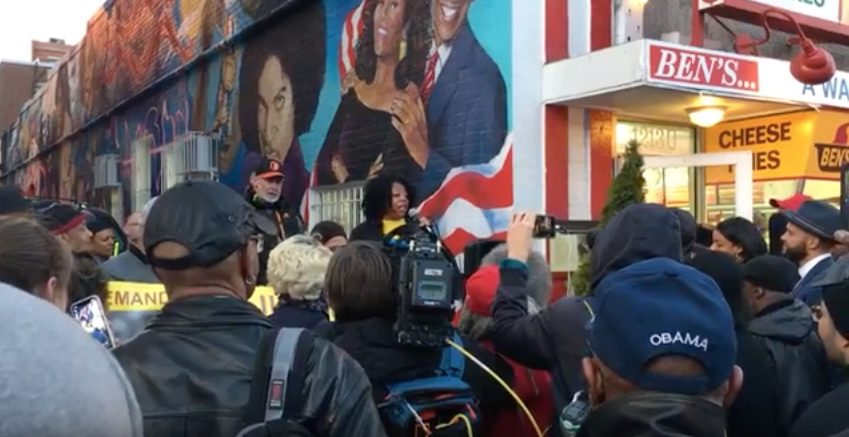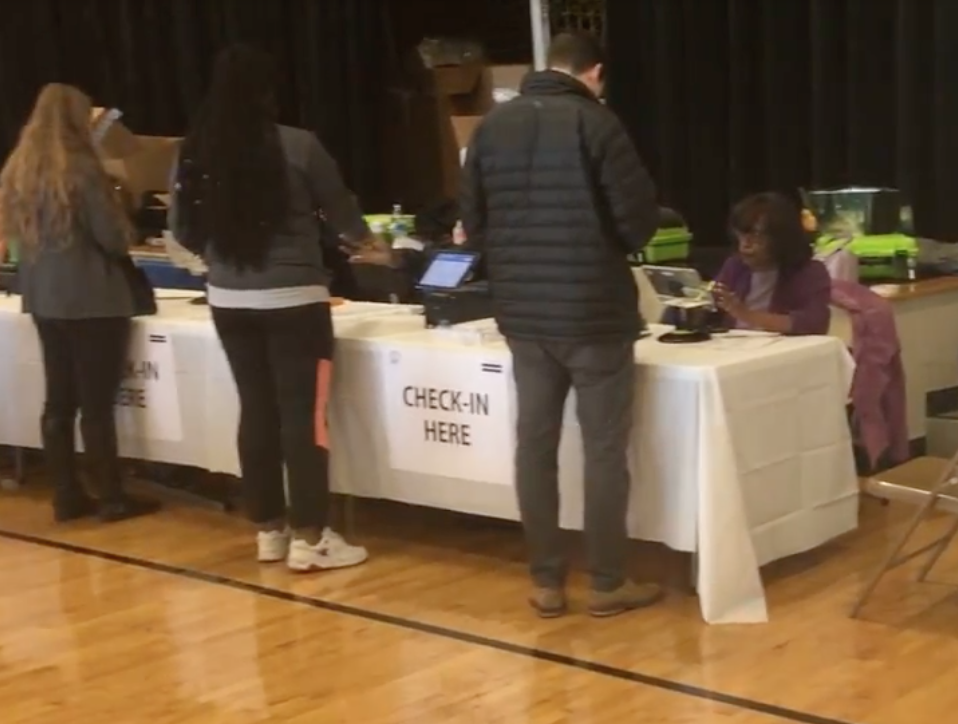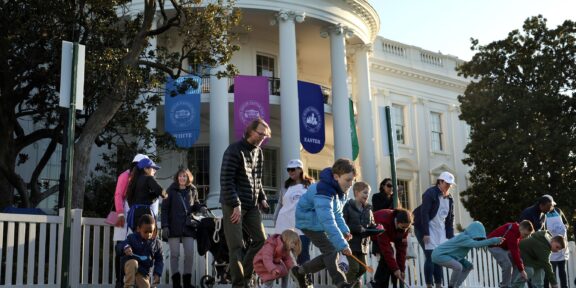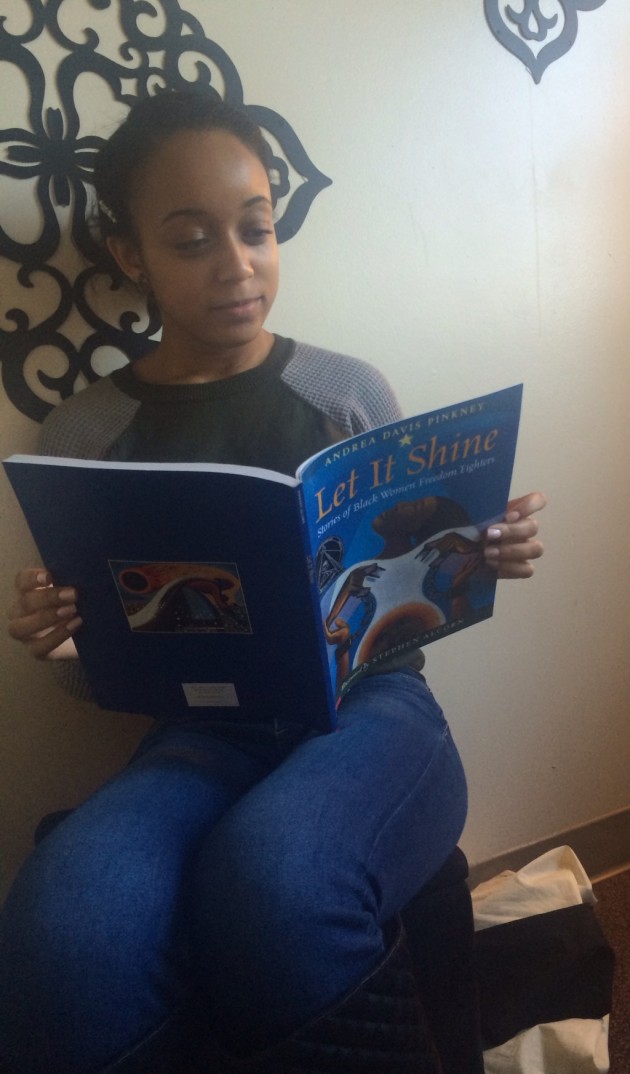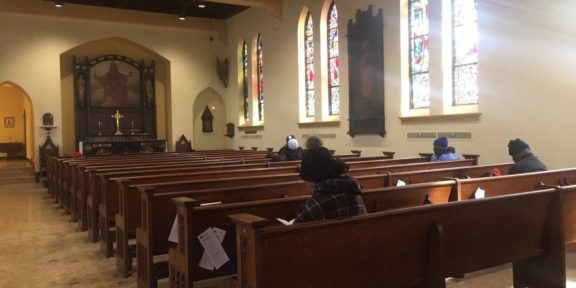Shopping can be quite hectic for residents who live in food deserts with spotty access to healthy food, and especially for those who rely upon public transportation.
Rachel Morris, a resident of Northwest Washington, prefers to shop at three stores: the Giant on Park Road near Columbia Heights Metrorail station, the Harris Teeter on Kalorama Road or the Yes! Organic Market on 14th Street Northwest.
“There’s no one store that has all the stuff that I want,” Morris said. “Sometimes I have to get some stuff from one; some stuff from another. It’s kind of annoying, actually, to be honest.”
When shopping, Morris takes the 52, 53, 54 Metrobus. “My work is on that bus line, so it’s easy to come from work and go straight to the store,” she said.
Morris is happy that there are several stores around her, but she still feels the need to shop around. “I think all D.C. supermarkets are on the pricey side, but Giant’s not too bad,” she said. “They don’t really have around U Street a big cheap grocery store. You know what would be good around U Street? A Trader Joe’s. The one Trader Joe’s in D.C. is ages away. It’s nowhere near a Metro.”
Grocery stores aren’t equally spaced throughout the city, Morris said. “If you’re carrying tons of stuff, it’s inconvenient to take the bus or Metro. I don’t have a shopping cart so sometimes I’ll use Zip Car, but not very often. It’s not really worth it. Maybe if I have tons of stuff I’ll take a cab, but I prefer not to do that.”
Kristen Roberts, community nutrition associate for D.C. Hunger Solutions, said that despite residents’ complaints, Washington isn’t a clear example of either a food desert or food oasis.
“We wouldn’t characterize the whole city that way because some parts are the city are very accessible with fresh produce, meats and dairy,” Roberts explained. “The definition of a food desert generally is the absence of full-service grocery stores; insufficient access to the few that are around.”
“However, we look at poverty, high rates of diseases as characteristics of food deserts to see if a desert situation exists,” she added.
Roberts also said that grocery store placement is sometimes seen as a choice, because residents often push to have certain stores in their neighborhood, or fight to keep certain stores out. “Some areas of Northwest D.C. don’t have a grocery store within a mile.”
In terms of accessibility to fresh produce, Roberts said that more research is needed on the issue. “Although it’s harder to carry heavy groceries on the Metro or if you have several children and you’re trying to buy food for the week, taking public transportation isn’t always convenient, but it’s an option,” she noted.
Shopping is a little more convenient for Morris, whose office, home and preferred grocery store are all on the same bus line. To make things easier, she decided to buy a little at a time instead of making a large weekly shopping trip.
Of the several large national chain grocery stores in Washington, the most well known are Safeway, Giant Foods Inc., Whole Foods Market and Harris Teeter. Some of these stores are close to residential areas and public transit. Others are the lone grocery store in a field of convenience stores and liquor stores that lie off the bus and subway paths.
Progress has been mixed since D.C. Hunger Solutions’ 2006 report, “Healthy Food, Healthy Communities: An Assessment and Scorecard of Community Food Security in the District of Columbia.” Wards 2 and 3, which include neighborhoods such as Georgetown, Dupont Circle, Cleveland Park and Friendship Heights, have seen an increase in stores. Yet this increase adds to the discrepancy of store spacing throughout the city as those wards are the most heavily saturated with grocery stores.
The document noted that in 2006 there were only three major chain supermarkets in Wards 7 but none in Ward 8; today Ward 8 has its first major chain grocery store.
Linnette Scarlett prefers to shop at the lone Safeway in Southeast Washington. She takes Metrorail from her home near Navy Yard Metrorail station to the Waterfront-Southeastern University stop to shop at the Alabama Avenue store.
“It’s close enough, and I can get everything here,” Scarlett said. “So far I’m happy with the prices and the quality.”
Scarlett, who is a diabetic, bought things like Splenda, creamer, orange juice, green tea, rice and coconut milk.
“This store has a good selection of products for me to choose from, and that’s important especially since I have to watch my diet,” she said.
James VanBeynen lives five blocks away from the same Safeway on Alabama Avenue, but uses the store to pick up only a few things at a time.
“I use PeaPod to get a lot of stuff at once,” VanBeynen said. “Delivery’s only about $5 per delivery for orders over $100.”
VanBeynen, like Scarlett, is happy with the placement of the store, but many residents of Ward 8 aren’t so pleased.
At the time of the study, the district had 23 major chain grocery stores: four Giants, three Whole Foods and 16 Safeways. Today, there are 29 major chain grocery stores: two more Giants, another Safeway, two Harris Teeters and a Trader Joe’s.
Because of limited access to large retailers and only one major supermarket in Ward 8, many Southeast residents often drag city revenue outside the city to do their grocery shopping.
Instead of taking their business outside the district, some residents choose to relocate to better fit their needs. Northwest Washington resident Jeffrey Light recently moved and took proximity to local amenities, like grocery stores, into consideration. He now lives closer to the Giant on Park Road.
“I like this Giant better than the Safeway on Columbia Road,” Light said. “This store is newer. People call that Safeway ‘the Soviet Safeway,’ because they’re always out of food and there’s long lines.”
Light said that prices at the Giant are comparable. “You have to look for things on sale. Sometimes things are cheaper here; sometimes there. I mainly come [to Giant] but occasionally I’ll still shop [at Safeway] because I have friends in that neighborhood.”
Before being a regular at Giant, Light said he bought his produce from Whole Foods Market on P Street. “That just got too expensive. Occasionally I’ll go over there to buy some fresh fruit because it’s really good, but other than that I don’t shop there anymore because I can get everything I need [at Giant].”
Light said that both the Safeway and the Giant are both steps up from the small corner store where he had been buying his produce.
“The bananas were brown the day they arrived,” he recalled. “They had bananas, some potatoes, that’s about it. They had a lot of alcohol though.”
Light said that if residents don’t have a major chain grocery store nearby, all is not lost.
“The great thing [about D.C.] is being able to go to the farmers’ markets,” he said.
But even the farmers’ markets don’t eliminate the accessibility problem. While there are 21 farmers’ markets within Washington’s borders, only one is in Ward 8. The spacing of these markets still creates large gaps without access to fresh produce.
Light was a frequent shopper at a farmers’ market in Dupont Circle and really appreciates the convenience of local sellers.
“You know during the summertime, just walk around Columbia Heights,” he said. “There are people selling fresh mangoes on the street, people are selling sorbet. It’s really cool.”
Simone Pringle is a correspondent for the Howard University News Service.

